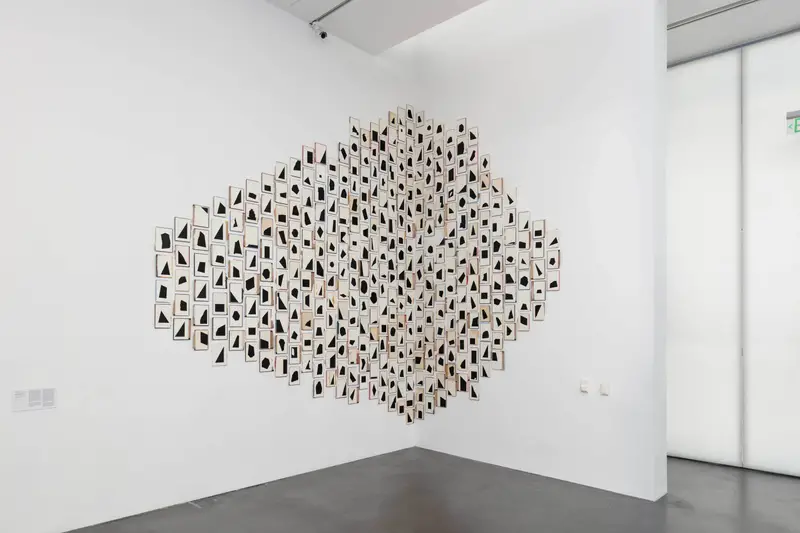Breakthroughs Mobile Tour Guide
January 17, 2023 — July 11, 2025
Breakthroughs Mobile Tour Guide
January 17, 2023 — July 11, 2025
Welcome to Level 2 of the Breakthroughs exhibition Mobile Tour Guide! On this page you’ll find audio content from exhibiting artists Trey Duvall, Ana María Hernando, Sammy Seung-Min Lee, Jeff Page, and Gretchen Marie Schaefer. In their work these artists explore their relationships and the meanings we associate with everyday objects in the natural environment.
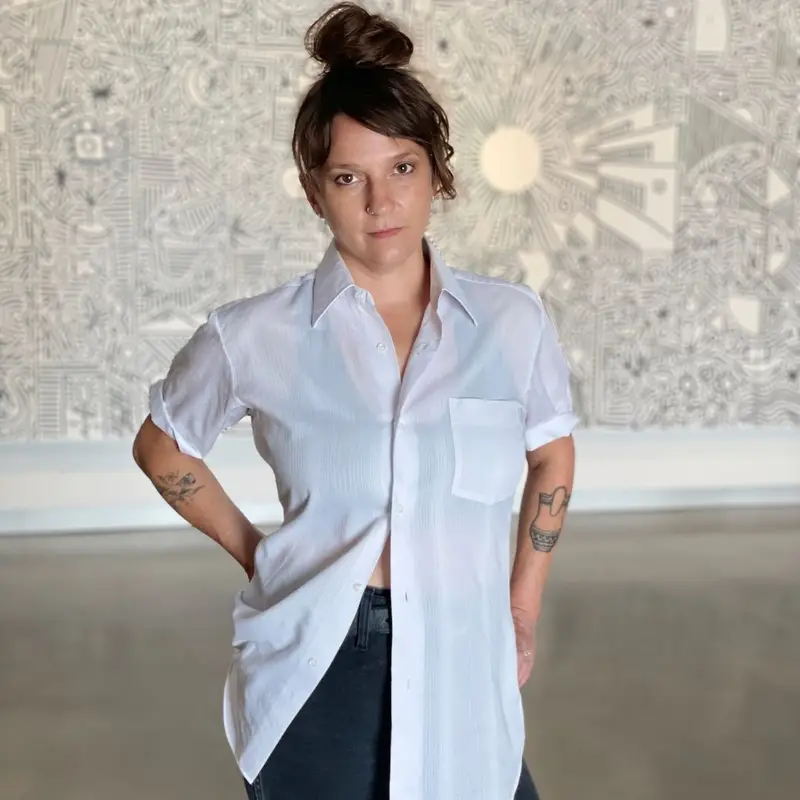
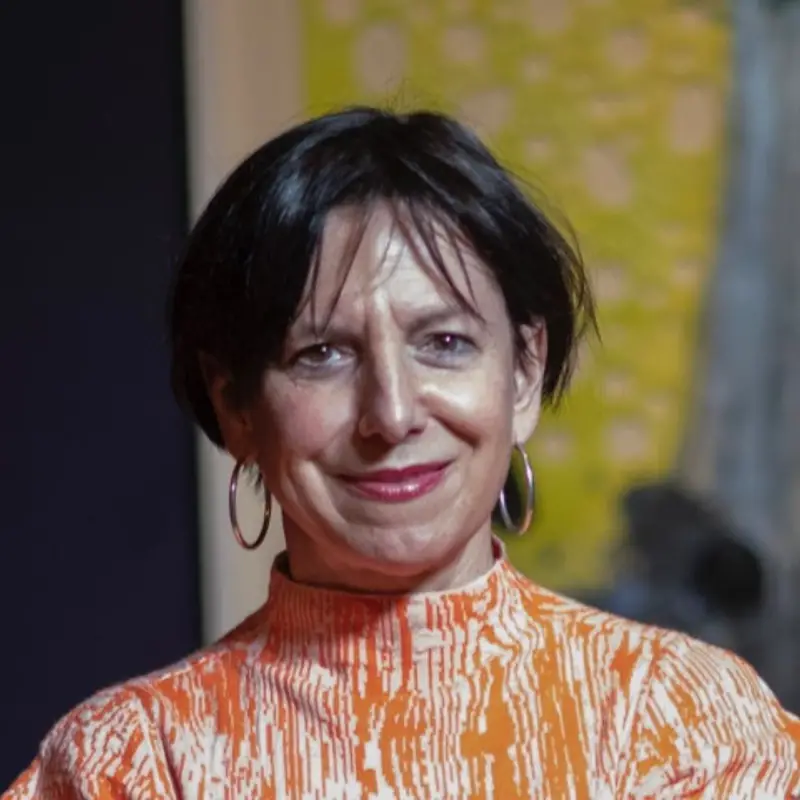
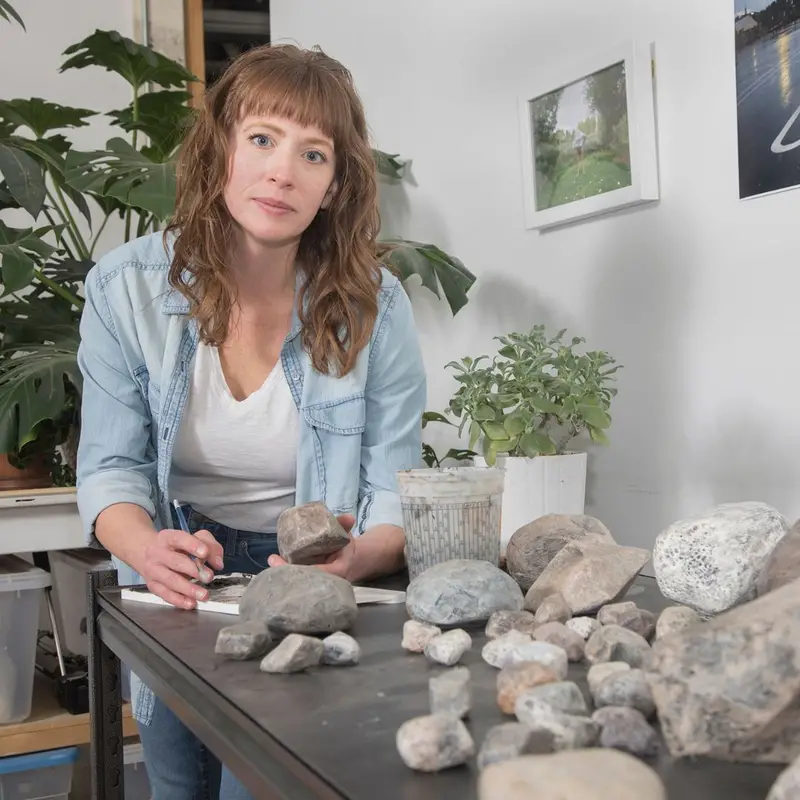
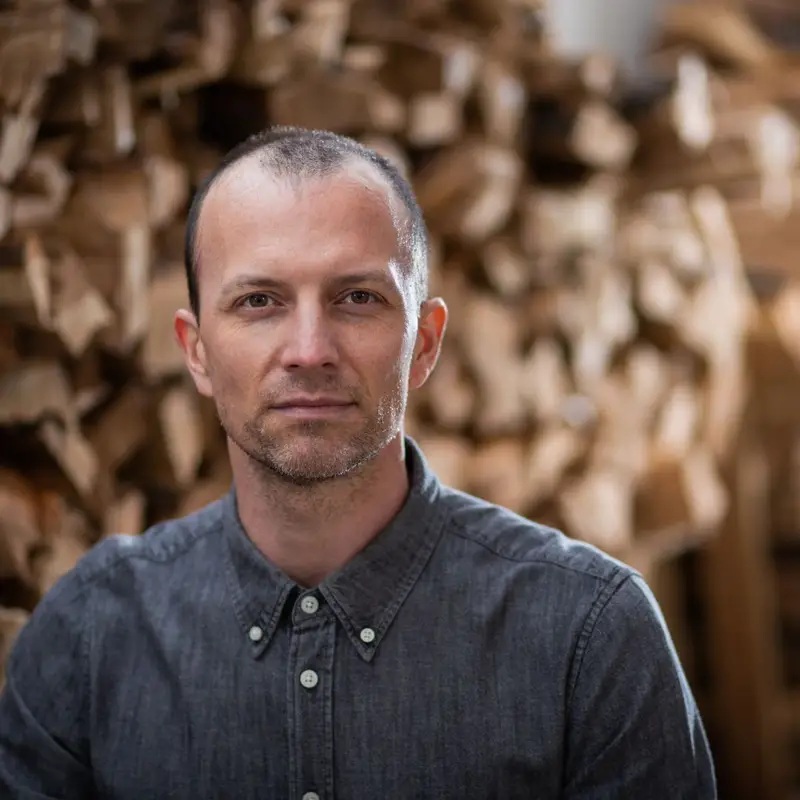
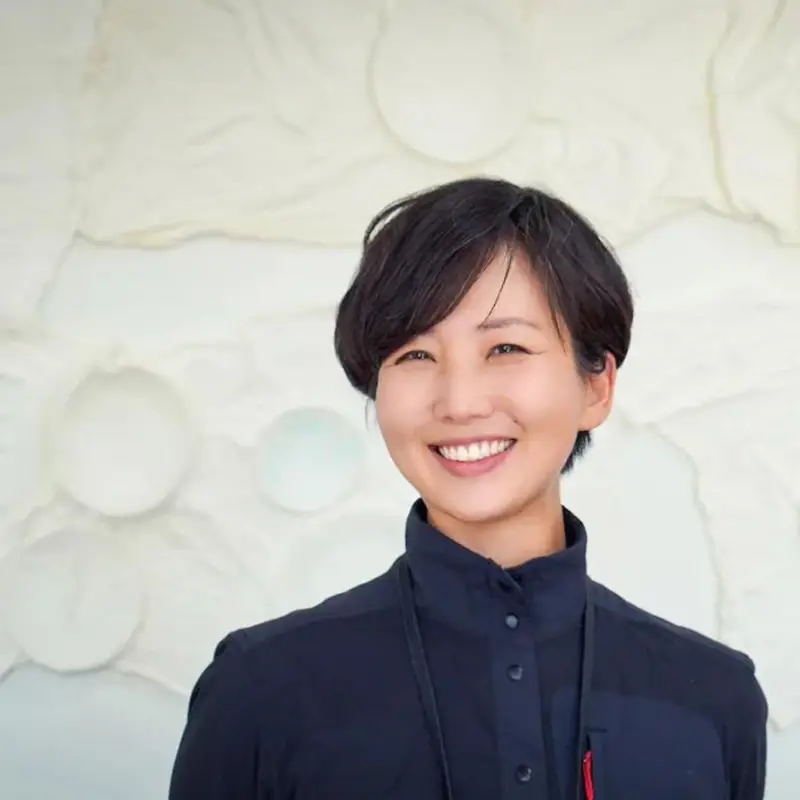
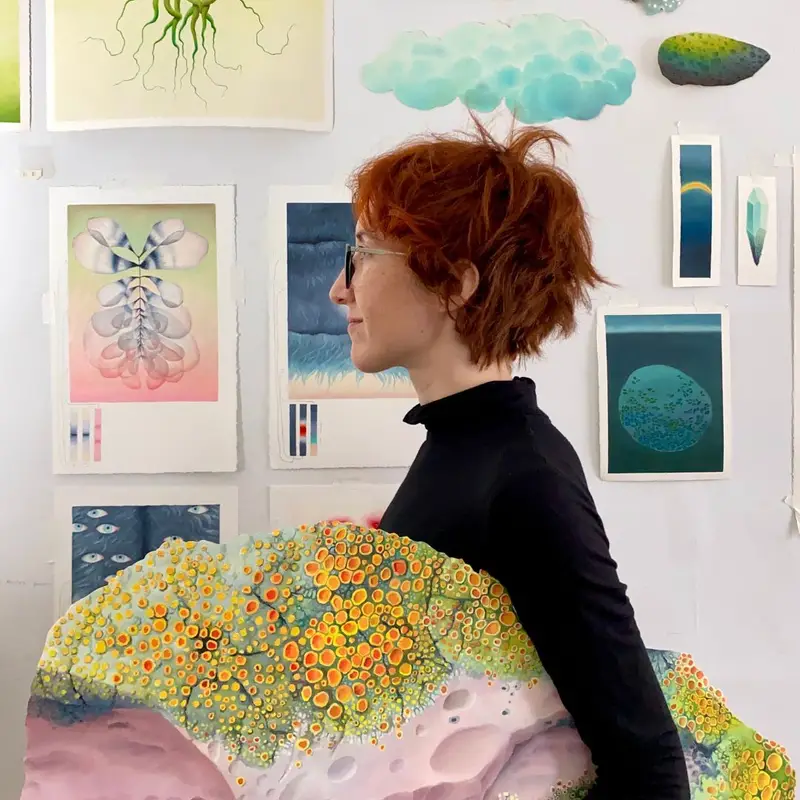
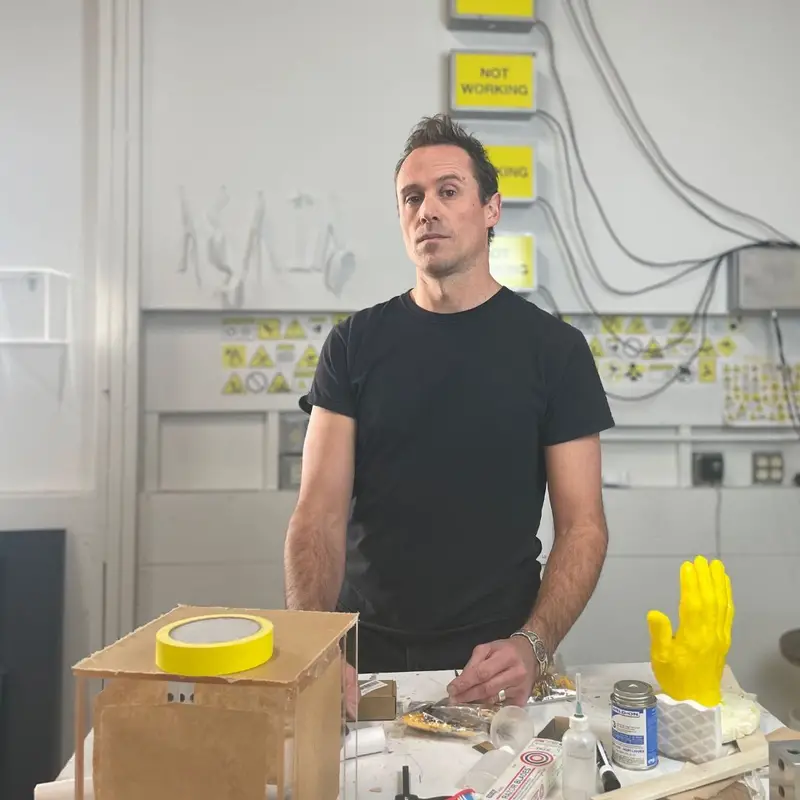
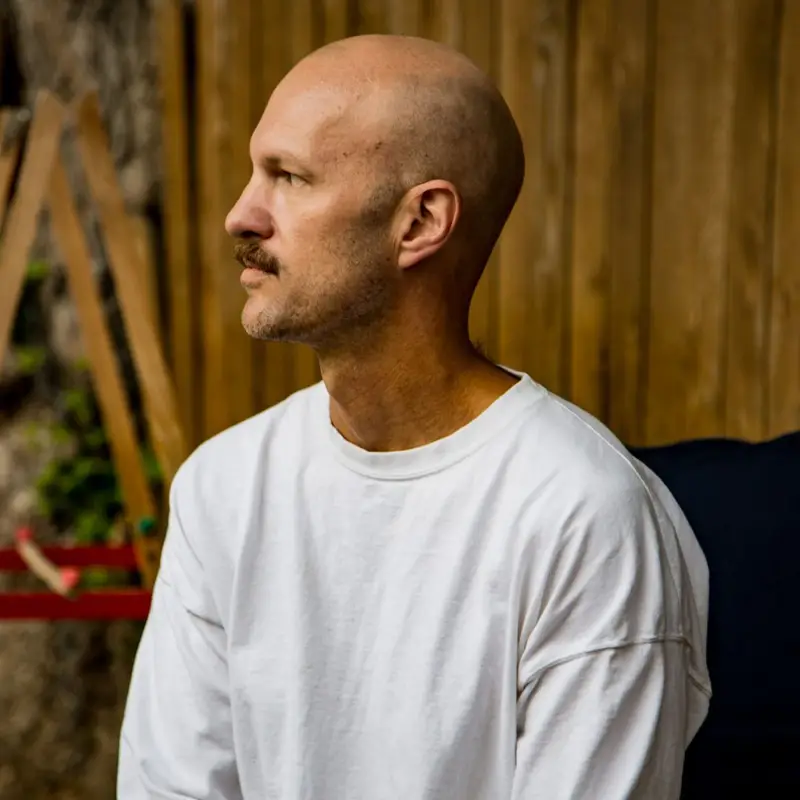
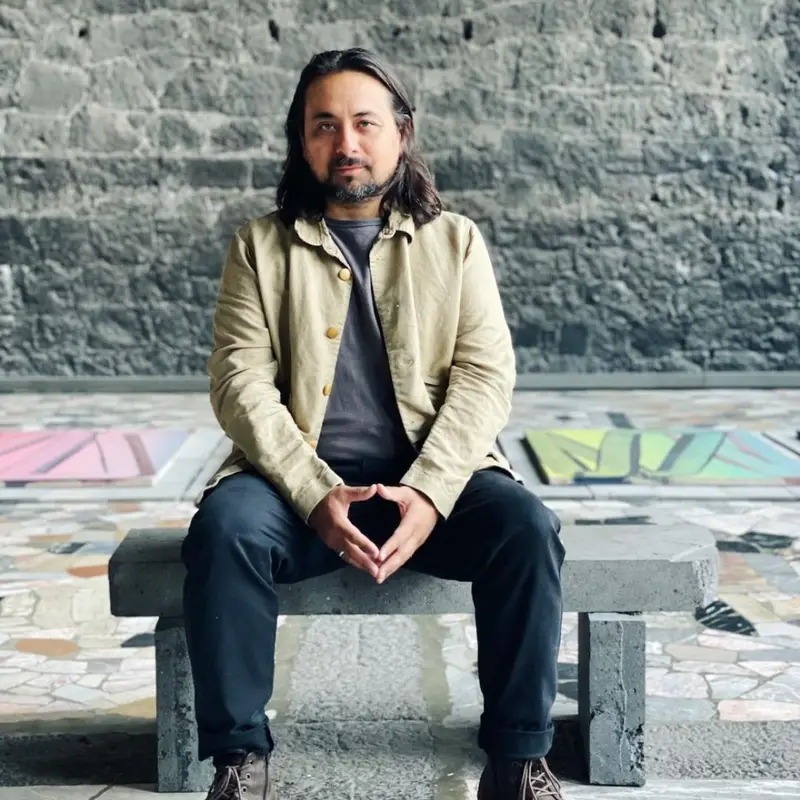
Artists featured on level 2
Amber Cobb
amberdcobb.com
@amberdcobb
Ana María Hernando
anamariahernando.com
@anamariahernandoart
Gretchen Marie Schaefer
gretchenmarieschaefer.com
@gretchenmarieschaefer
Ben Coleman
bencolemansounds.com
@isthisbencoleman
Sammy Seung-Min Lee
studiosmlk.com
@sammy_seungmin_lee
Ashley Eliza Williams
aerofauna.com
@ashleyelizawilliams
Trey Duvall
treyduvall.com
@treyduvallart
Jeff Page
jeffpagestudio.com
@jeff__page
Mario Zoots
mariozoots.com
@zoots
Jump to:
Mario Zoots: The Broken Narrative | Breakthroughs | Art in a Flash
How The Immigrant Experience Informs Artist Sammy Seung-Min Lee’s Work, Arrived | In The Studio
Celebrating the Power and Beauty of the Feminine with Ana María Hernando | In The Studio
Subverting Shame and Converting It Into A Tool for Healing with Jeff Page | In The Studio
Challenging Expectations of Ordinary Objects with Artist Trey Duvall | In The Studio
